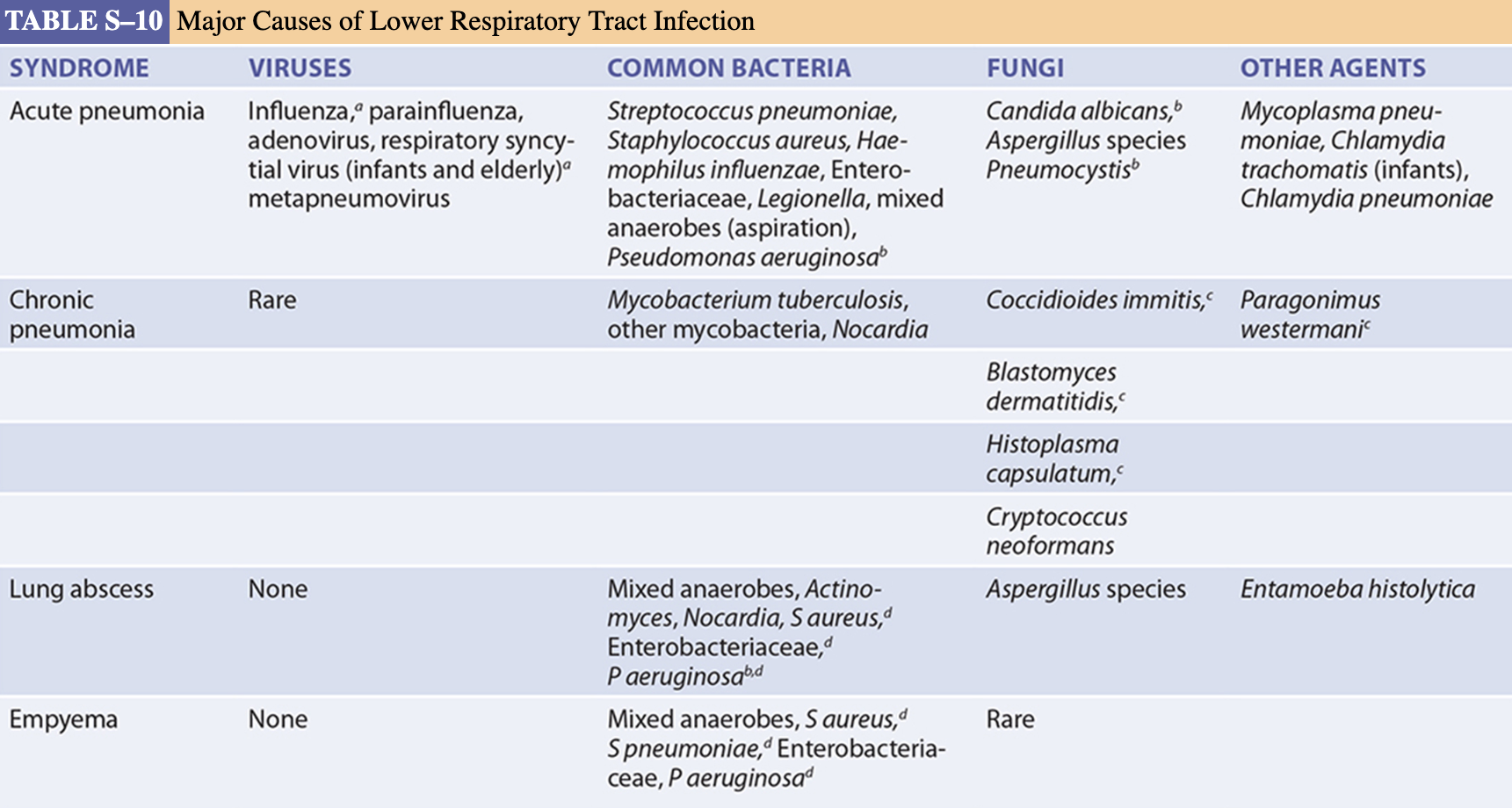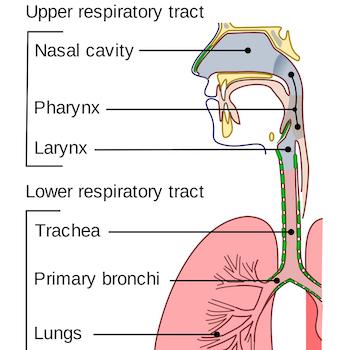A news report from Virginia says that two people are dead and 18 have been hospitalized following an outbreak of an unknown respiratory infection at a retirement community. What could it possibly be?
Typically, when outbreaks of deadly respiratory infections occur in an isolated area, one of the potential culprits that comes immediately to mind is Legionella pneumophila. This bacterium was first identified during an outbreak at the 1976 Legionnaires' Convention in Philadelphia, where the bacteria were growing in the air conditioning system and spreading throughout the building. Typically, Legionnaires' disease infects and kills older people.
However, if news reports are accurate, the cauative agent is viral, not bacterial, so Legionella is eliminated. What sort of viruses could be responsible?
As is typical, the reported symptoms aren't terribly informative. The symptoms of most respiratory viral infections resemble each other. Some patients had cold-like symptoms (which is indicative of an upper respiratory tract infection), while others had pneumonia (a lower respiratory tract infection). Lower RTIs are much more serious than upper RTIs, and viruses that cause lower RTIs can also cause upper RTIs. So, what causes lower RTIs?
A bunch of things. The table below is from the textbook Sherris Medical Microbiology (7th edition):

Influenza, parainfluenza, adenovirus, respiratory syncytial virus, and metapneumovirus are listed as major viral causes of lower RTIs. Can we narrow this list down further?
Probably. For instance, the virus is unlikely to be influenza. While a person can get the flu at any time of the year, flu season runs from late fall through winter to early spring. Thus, flu is probably not it. Likewise, parainfluenza is probably not the culprit, as it is mostly associated with children. Same for metapneumovirus. (Of course, this analysis does not rule out these viruses; it is just meant to demonstrate that they are less likely than other causes.)
So, that leaves adenovirus and respiratory syncytial virus (RSV). Both cause upper and lower RTIs, and they both can cause serious problems in elderly people. Adeonvirus is one of the causes of the common cold, but some strains can kill people. Similarly, RSV can kill people. One study reported, "Attack rates in nursing homes are approximately 5-10% per year with significant rates of pneumonia (10-20%) and death (2-5%)."
It wouldn't be surprising, then, if epidemiologists identify one of those two viruses as the culprit in the current outbreak. But as we discussed in a previous article, infectious disease diagnostics can be slow -- on the order of several days. That's why newer technology that can cut the time to diagnosis in half may be a real boon to public health.




